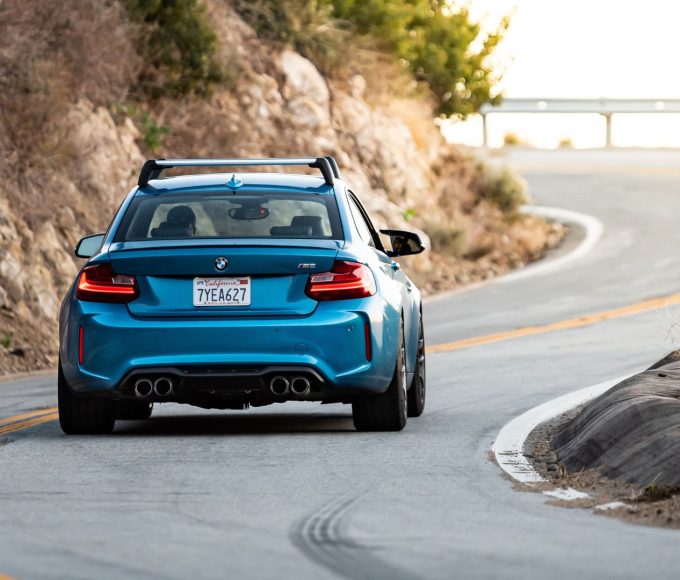Maybe you’re living on your own for the first time; maybe you’ve just received your driver’s license; maybe your current vehicle just isn’t what you need, or is falling to pieces.
Whatever the reason, you need a new car. Although that word–“new”–might only mean new to you. Have you considered purchasing a used or preowned vehicle? Purchasing a used vehicle can have a lot of advantages over buying a new vehicle: they often cost a great deal less, for one.
Used-car buyers can also save money on financing and insurance compared to people who buy factory-fresh vehicles from large dealers. And often, the discerning buyer can find a wonderful deal on a very nearly new car, especially if it’s a certified pre-owned car bought from a big dealership. Read on, and discover how buying a used car works, and how good of a deal it might end up being for you.
Step 1: Figuring out where to start
Before you start looking through used car lots or browsing your neighborhood looking for For Sale signs, you need to understand your own capabilities.
If you can’t afford to simply buy a vehicle all in one go (as is the case with most people), you will probably have to get a loan of some kind in order to pay for the car. (New car buyers often also have to do this, but prices for used cars are often much lower in price, so used buyers still win out.)
Most, if not all, loans require monthly payments, so before you go shopping, you should take a long look at your finances and work out how much you can afford per month to pay back the loan. (Of course, if you’re buying a fairly cheap vehicle from an individual seller, you may not need to do this at all.)
Step 2: Decide what you want or need
After you’ve got your finances sorted out, it’s time to find out what kind of car you actually want to buy. Do you need a pickup truck for work reasons? What about a van or SUV for carrying more than a few people? Maybe your concern is maximum gas mileage, or maybe you’re looking for a hybrid.
Determine what kind of vehicle you need, and then keep your eyes open. You can look for cars online, of course, and at small and large dealerships, or look for For Sale signs on the roadside–you never know when and where you’ll find the perfect deal.
Step 3: Choose where you want to purchase from
Buying a used vehicle is a little different for each kind of seller. Buying from private individuals is often the simplest and easiest transaction to make, and buyers often find very good deals from individual sellers. However, it’s important to remember to get as much documentation as possible for the sale, to avoid confusion or complications in the future.
Buying a used vehicle from a used lot is usually a good idea, since they specialize in selling decent machines that aren’t often much the worse for wear. Purchasing a “certified pre-owned” vehicle from a large brand-name dealership is also usually a safe bet.
Such vehicles often come with their own special warranties, and they’re pretty reliable since they undergo a thorough inspection–although this can increase the price by a noticeable amount.
Buying from a dealership of any size can be nerve-wracking, though, since businesses might seem intimidating to the individual.
Step 4: Check out the history of the car
Another very important thing to know, once you settle on a vehicle to purchase, is its history. You may want to have a full 1performed, so you can find out more about the car you would like to buy. Sites like HPICheck, CarFax and AutoCheck are invaluable when it comes to purchasing used vehicles, so read up on any potential purchases before you make them.















Leave a comment